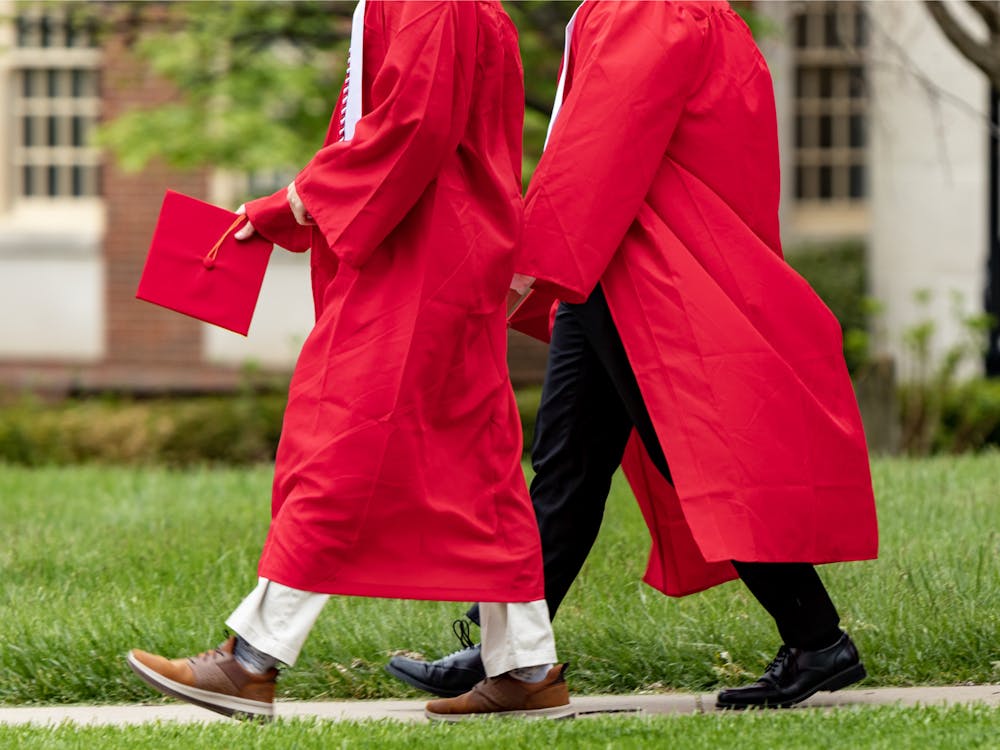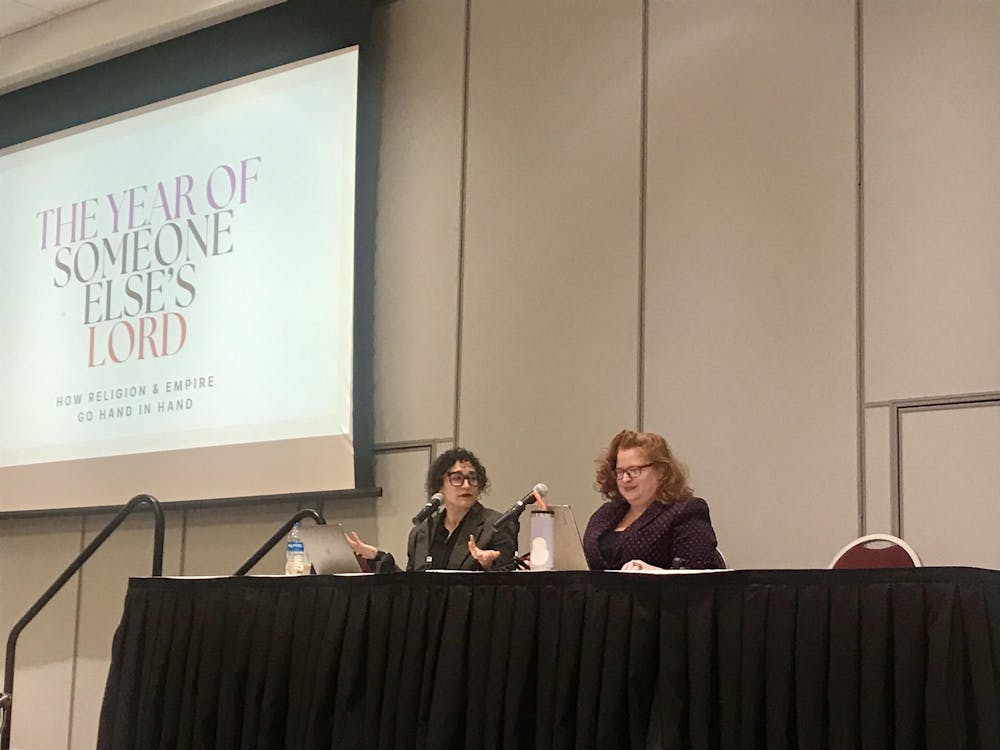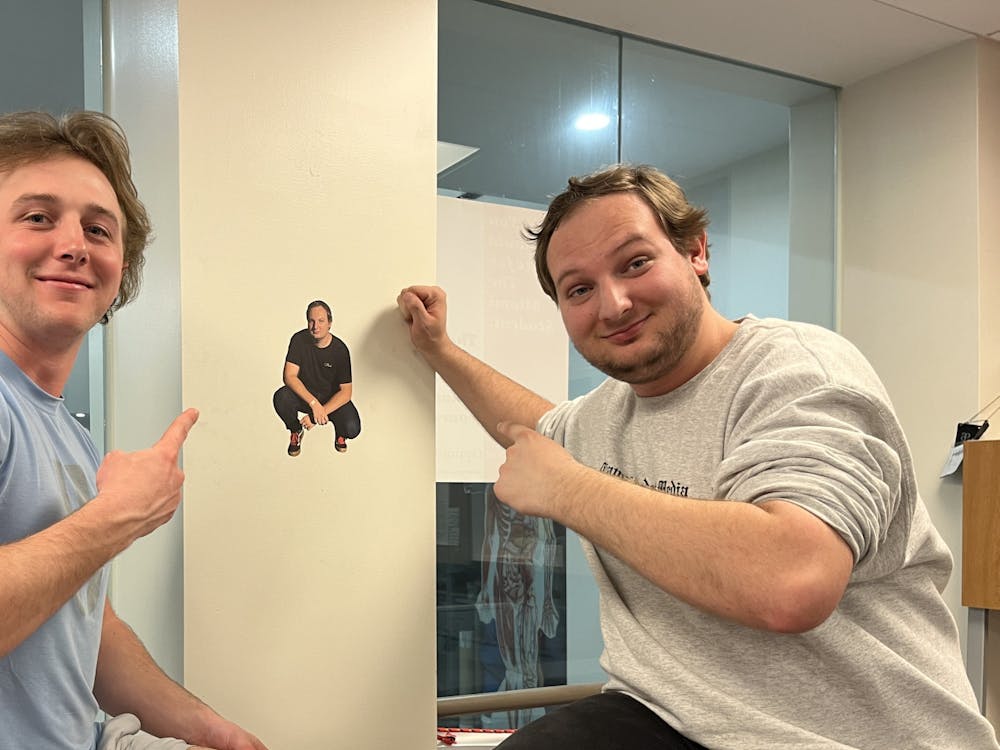College admissions company The Princeton Review recently ranked Miami University as having one of the lowest levels of interaction between students of different races and economic backgrounds.
Miami is listed ninth out of more than 380 national universities on the 2017 ranking for "Little Race/Class Interaction." On the same list, Miami ranked sixth in 2011 and second in 2009.
"Miami is known as a preppy, white school in the Midwest, so for minorities to come here, they are kind of taking on the academics and the rep of Miami," said senior Quentin McCorvey, the ASG secretary for diversity affairs. "Seeing this stat come out is not surprising, but I know there's a lot to be done and a lot we are doing already to make the change."
It's that "rep" that some on campus, like Ronald Scott, associate vice president of institutional diversity, are dead-set on changing.
"The good news is we are getting better and we have clearly been working on it," Scott said.
The Bridges Program, Cincinnati Public School pipeline and Louis Stokes Alliance for Minority Participation are all programs aimed to bring minority students to campus, Scott says.
The data show these programs do have an impact -- Miami's diversity enrollment has been steadily climbing.
This year's incoming first-year cohort has the largest number of domestic students of color yet -- both in percentage and volume, at 652 students and 16.9 percent of the class.
Of those students in this year's first-year class, 280 of them went through the Bridges Program, which offers overnight campus visits to disadvantaged students.
The university's incoming first-year minority enrollment was 12.6 percent in 2012 and 9.3 in 2007.
Miami's minority retention and graduation rates, which can help indicate how minority students fare once they're here, are also rising.
Enjoy what you're reading?
Signup for our newsletter
The Black and African American sophomore retention rate increased from 82.6 percent in 2011 to 90.7 percent in 2015. The Hispanic and Latino retention rate grew from 83.5 percent in 2011 to 90.7 percent in 2015.
Despite these improvements in enrolling and retaining diverse students, Miami still ranks near the bottom on a list that comes from students' reported feelings about interactivity.
A part of that problem, Scott and McCorvey both say, is that many students are scared to reach out to new faces that might not look exactly like them.
"If those numbers are a problem, the problem is us," Scott said. "That's what this all points out. We've got work to do and it's our fault. It's our responsibility to do this. And folks, it's easy. We are Miami. We can do this."



